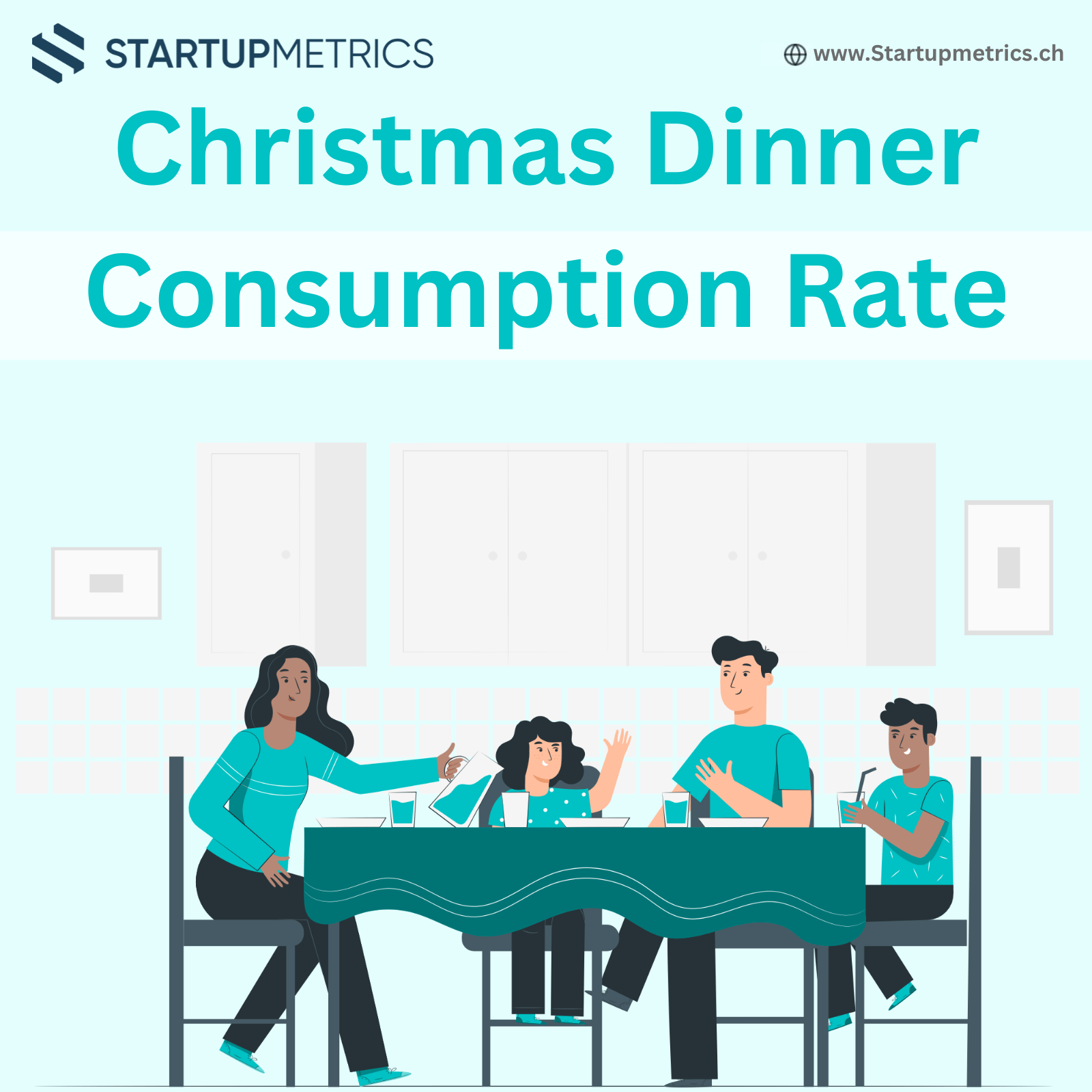
Christmas Dinner Consumption Rate
As the holiday season comes into full swing, one of the most anticipated moments is the Christmas dinner. It’s a…
The customer lifetime value to customer acquisition cost (CLV) ratio is a crucial metric for assessing the scalability and profitability of your business. It provides insights into how effectively your marketing and sales efforts translate into long-term customer value.
The CLV represents the total gross profit you can expect from a single customer account over its entire lifespan, while the CAC is the cost incurred to acquire that specific customer. The CLV to CAC ratio clearly shows the return on investment (ROI) of your marketing and sales efforts. A high CLV to CAC ratio indicates that the company is generating significant value from its customers relative to the cost of acquiring them.
The formula to calculate the CLV to CAC ratio is as follows:
(gross profit per customer / customer churn) /(total marketing & sales spending / no. of customers acquired)
Let’s look at an example of how the formula works:
Gross Profit per Customer=$50−$30=$20
LV=$20/1−0.75=$80
CAC=$10,000/1,000=$10
In this case, the ratio is quite high, and the company is profitably acquiring customers, assuming there are not a huge number of fixed costs in the business.
A good benchmark for the CLV to CAC ratio is 3:1 or better. Generally, 4:1 or higher indicates a great business model. If your ratio is 5:1 or higher, you could be growing faster and are likely under-investing in marketing.
Enhancing customer retention increases CLV. Implement loyalty programs, personalized communication, and proactive support to retain customers longer. Improving retention reduces churn and increases the overall value of each customer.
Focus on high-ROI marketing channels and campaigns. Use data analytics to identify the most effective strategies for acquiring customers. Optimizing marketing efforts ensures that the company is targeting the right audience and maximizing returns on marketing spend.
Streamline the onboarding process to ensure new customers quickly realize the value of your product. A positive onboarding experience can lead to higher retention rates and increased CLV. Effective onboarding helps customers understand and use the product effectively, increasing their likelihood of continued use.
Regularly monitor your CLV to CAC ratio and adjust strategies as needed. Use financial analytics tools to gain insights and make data-driven decisions. Continuous monitoring helps identify trends and areas for improvement, ensuring that the company remains on track to achieve its goals.
Spotify, the music streaming giant, optimizes its CLV to CAC ratio by focusing on customer retention through personalized playlists, regular updates, and targeted marketing campaigns. By maintaining a high CLV and efficient CAC, Spotify ensures sustainable growth and profitability.
Salesforce, a leading CRM platform, invests heavily in customer success programs and personalized support to ensure customers derive maximum value from their products. This focus on customer success has resulted in high retention rates and a favorable CLV to CAC ratio, driving long-term growth and profitability.
Implement strategies to upsell and cross-sell to existing customers. By offering additional products or services that complement their initial purchase, you can increase the lifetime value of each customer. For instance, an e-commerce company might recommend related products based on a customer’s previous purchases.
Segment your customer base to tailor marketing efforts and product offerings to specific groups. This ensures that you are targeting the right customers with the most relevant messages, improving conversion rates and retention. For example, a SaaS company might segment customers based on usage patterns and offer targeted promotions to high-value users.
Map out the customer journey to identify touchpoints where you can enhance the customer experience. By understanding the entire customer lifecycle, you can identify opportunities to increase satisfaction and loyalty. This includes analyzing interactions from the initial contact to post-purchase support.
Use predictive analytics to identify patterns and trends in customer behavior. This allows you to anticipate customer needs and take proactive measures to retain them. For instance, a subscription-based service might use predictive analytics to identify customers at risk of churn and offer targeted incentives to retain them.
Leverage data to create personalized marketing campaigns that resonate with individual customers. Personalization increases engagement and improves the effectiveness of marketing efforts. For example, an online retailer might use purchase history and browsing behavior to send personalized product recommendations and offers.
The CLV to CAC ratio is a vital metric for assessing the health and efficiency of your business model. By focusing on strategies that enhance customer retention, optimize marketing efforts, and improve the overall customer experience, companies can achieve a favorable CLV to CAC ratio that drives sustainable growth and profitability. Continuous monitoring and adjustment of these strategies based on data insights will ensure that your business remains competitive and successful in the long run.